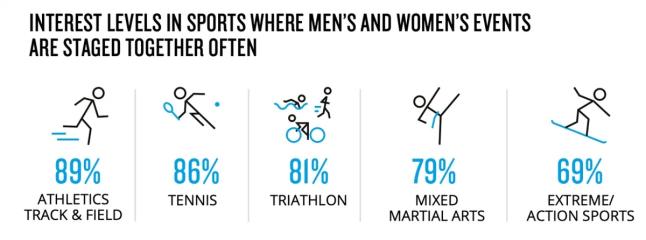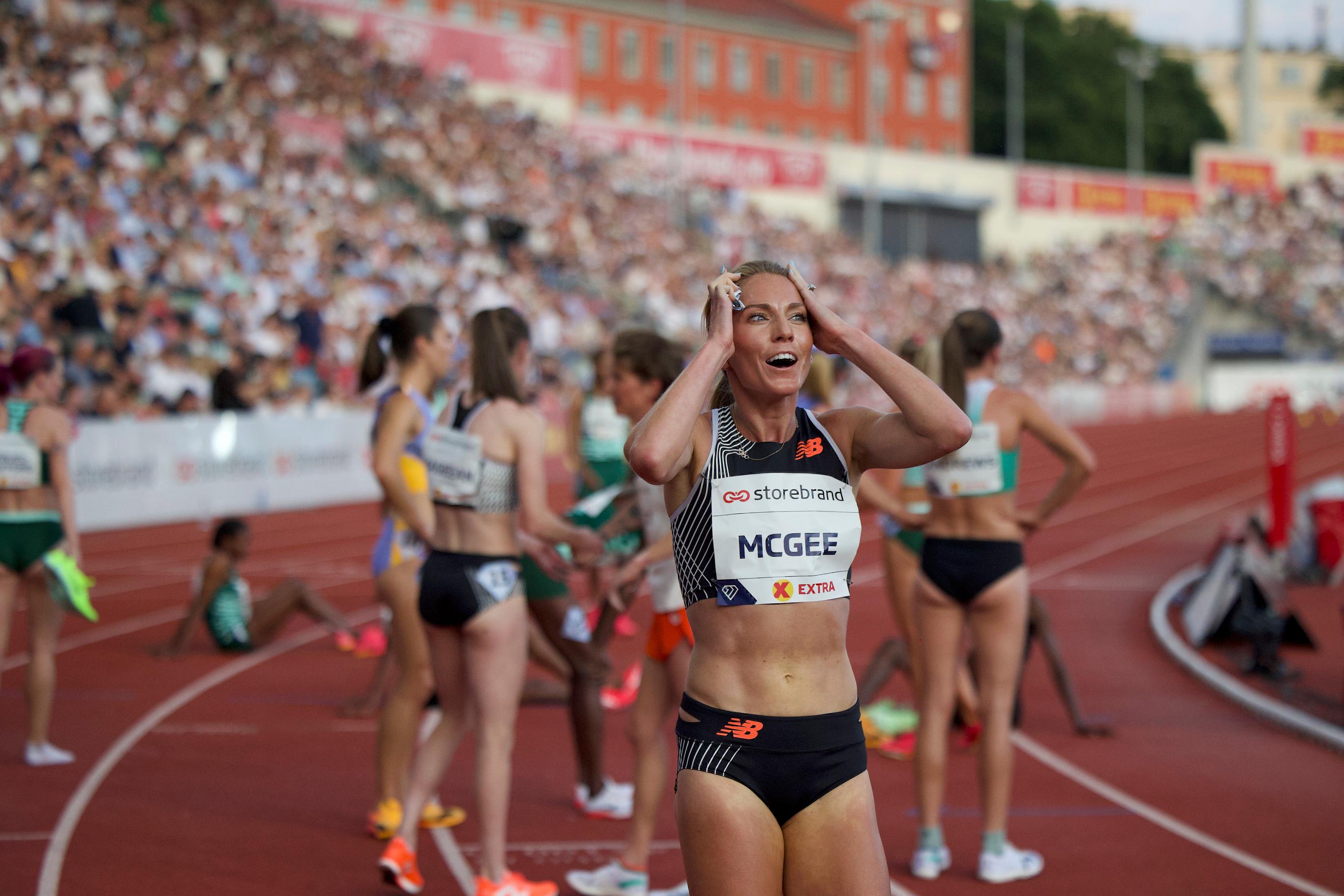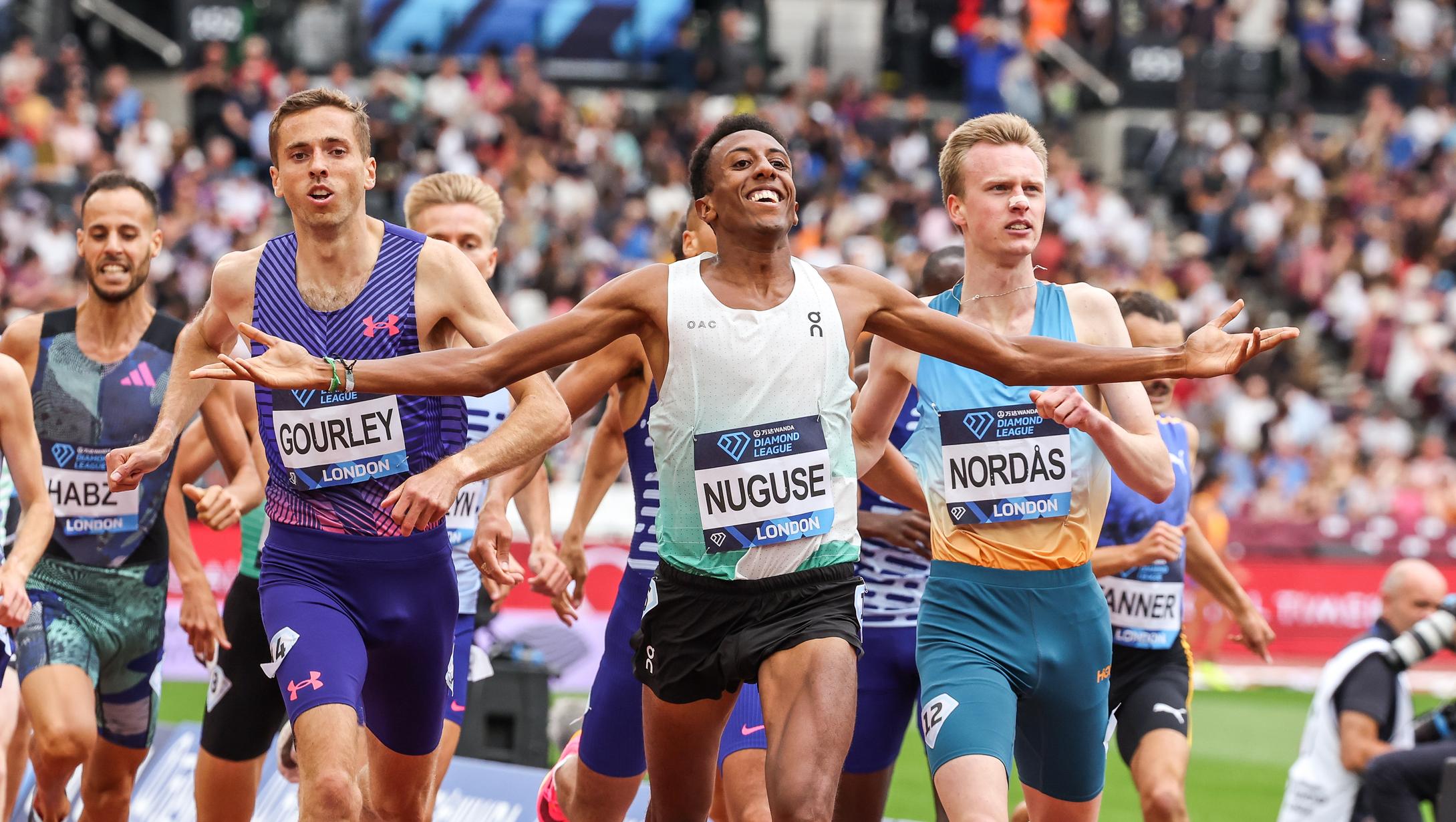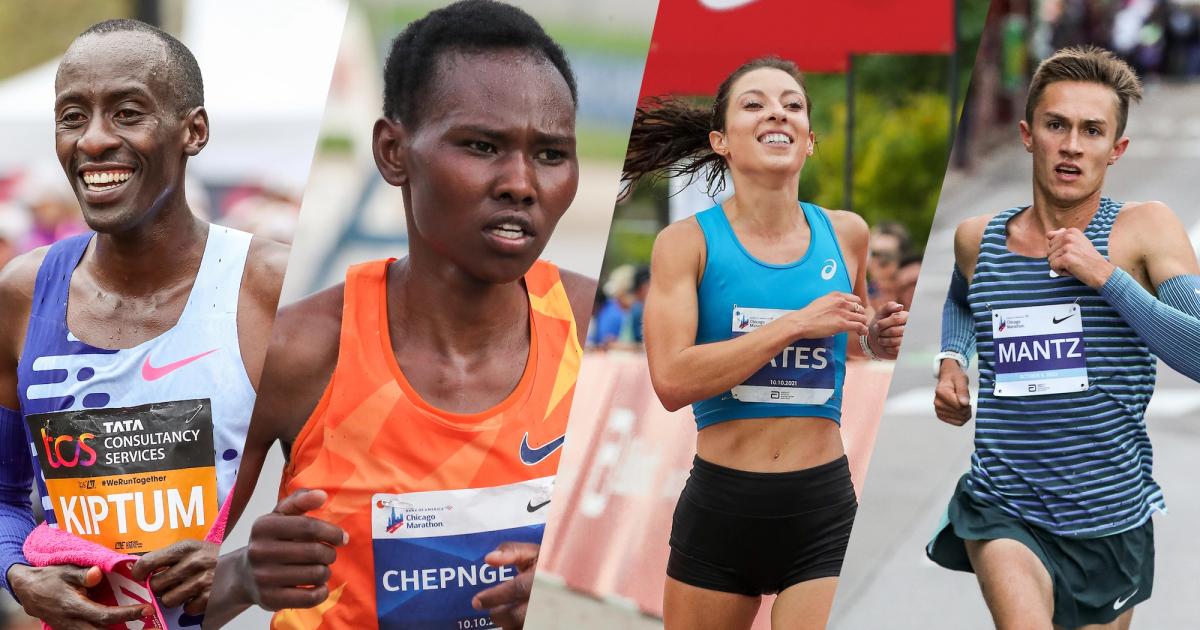By Kyle Merber
July 26, 2023
The World Cup is underway and the early results are extremely promising both in terms of Team USA’s odds for repeating, but also the continuing growth of women’s sports. In the first group stage match against Vietnam, the television audience peaked at 6.5M. The trajectory is apt considering the recent push by the players for pay equity. It is still not perfect, but it’s improving, as participating players will now receive $30K and those on the winning squad get $270K. In 2022, the U.S. Women’s National Team settled in a $24M agreement for back pay to their players.
This is not suddenly a newsletter about soccer, but there are lessons to be learned here for track and field. As interest grows in – or at least interest in broadcasting and covering – women’s sports, so do the dollars from those who want to be associated with them. In 2022, the sports sponsorships of professional women’s sports grew by 20%. There is an incredible window of opportunity for athletics to position itself as the premier women’s sport in the world, and we desperately need to start acting that way.

Data via Nielsen
Now this is not to suggest that everything in track and field is perfectly equitable for women – there is a lot of room for growth, particularly behind the scenes in terms of coaches, agents, meet directors, and on the brand level. But in terms of presentation and participation, the numbers do not get much better. Minus three events in the multis, there is 1:1 equity across disciplines at the Olympic level.
In 2016, Running USA reported that 57% of road race finishers were women and that market share has likely grown. Track is the most highly participated in sport by women in the NCAA. In 2022, there were actually more women competing than men, despite men making up 57% of the NCAA system (thanks a lot, FOOTBALL). At the high school level, track is the most popular sport amongst girls in 16 states. And advocating for women’s sports is not unique to women – a 2018 Nielsen survey indicated that 84% of all sports fans have an interest in watching women’s athletics.
This is the easiest PowerPoint presentation a partnership team could ever make. (Take note, UK Athletics!) Find all the sponsors who are proudly supporting the Women’s World Cup and let them know there is an opportunity to support women’s sports (and more cynically and business-ly, continue engaging a dedicated and growing audience) year round. Being the official sponsor of the British Athletics women’s team and funding the travel bill for a full squad is the press release of a PR team’s dreams. Maybe if we all brainstorm together we can think of a British airline that could be a good fit to share this deck with!

Data via Nielsen
Historically these packages are sold together. Throwing in the WNBA was a prerequisite to being involved in the NBA, for instance, but times have changed. Unbundled sponsorships were up 146% in 2021 as it creates the ability to speak directly to a target audience with focused messaging. A brand that might want to test the waters track-sponsorship-wise doesn’t need to fork over money to back every event at a meet. They can opt instead to bolster only the women’s side of the bill… not a bad investment, given that if you don’t count Kipchoge, who hasn’t raced on a track in over a decade, I’d say that a slight majority of the world’s most popular track athletes are women.
But of course, should said theoretical sponsor want to throw its money around at track collectively, I can live with that, too. A rising tide of money lifts all boats, and all that. Plus, any additional attention given to track as a whole is going to benefit women’s athletics. For example, if you – like me – are nonplussed by the state of the men’s 800m, can I introduce you to a little something called the women’s 800m, which is absolutely electric right now? Show me a skeptical first-time viewer and I’ll show them an Athing vs. Keely showdown… and then I’ll show you a fan!
The main reason that track and field isn’t being marketed as a women’s sport is because it is so inherently engrained into today’s presentation. That doesn’t make it less so — we just have to point it out.

Kyle Merber
After hanging up his spikes – but never his running shoes – Kyle pivoted to the media side of things, where he shares his enthusiasm, insights, and experiences with subscribers of The Lap Count newsletter, as well as viewers of CITIUS MAG live shows.




